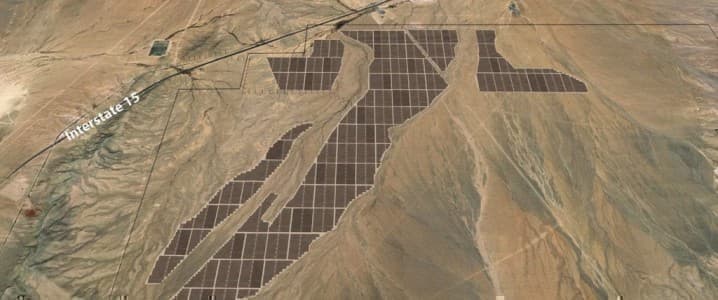The vision of a household with a solar rooftop, a battery pack, and an EV in the garage is not just Elon Musk’s vision of the future of energy. It is a vision that many proponents of the renewable shift share, and it may be growing increasingly more realistic, thanks to information technology.
Distributed energy resources, the small-scale generation facilities such as rooftop solar installations that generate power to be used either on-site or near the site of generation, are an essential part of the renewable energy future. And software platforms for the management of these small-scale generation facilities are the key to making them work, according to analysts from Wood Mackenzie. In a recent report, Wood Mac’s researchers said they expected the amount of solar generation capacity and storage in North America, Europe, and Oceania to rise twofold by 2025. In the United States alone, solar capacity and storage are seen jumping by 127 GW between 2016 and 2025, the energy consultancy’s grid edge research content lead, Elta Kolo, and research manager Fei Wang said. Meanwhile, charging points for electric vehicles will increase sevenfold.
These changes, experts are warning, will put a major strain on the grid; or rather, they would if it were not for distributed energy resources and, more specifically, distributed energy resource management systems. Called DERMS for short, these systems are software platforms that can manage numerous distributed energy facilities.
Here is how the Wood Mac experts describe them: “DERMS software helps grid operators to ensure system reliability while maintaining customer comfort. Although a DERMS provider’s single software platform can aggregate and orchestrate all DERs, utilities increasingly prefer to work with a combination of DERMS software providers to solve specific, and often complex, issues.”
One such problematic issue was California’s grid emergency from last month when a heatwave led to energy demand peaks and the risk of outages. The outages were avoided thanks to distributed energy systems and the so-called demand response help they provided on request from the state’s utilities.
Related: The World’s Richest Men Are Still Betting Billions On Energy
Now, that was a response to an emergency situation, but distributed energy resources could play a more permanent part in power supply, according to Green Tech Media’s Jeff St. John.
“Microgrids, solar-plus-storage systems, EV chargers, dispatchable energy loads and other distributed energy resources are going to play an increasingly important role in shaping California’s electricity supply-demand balance as it seeks to reach its goal of 100 percent carbon-free energy by 2045,” St. John wrote in late August.
Indeed, with renewable energy already a fixture of the energy mix, it was only a matter of time before the novel ways of distributing this energy more efficiently found their way into the grid. However, there are challenges.
Most of these are regulatory and, as such, mostly political. This means such obstacles will be slow to remove and will require deliberate efforts on the part of distributed energy suppliers if they are to become a more prominent part of the power supply picture. But there is also the issue of distributed energy systems becoming much more common, requiring special management solutions.
This is where DERMS will shine, according to Wood Mackenzie’s experts. It was such management systems that made it possible for distributed energy resources to provide the electricity California needed during the August shortages. It is such management systems that would make distributed energy more affordable for customers by ensuring access to more revenue streams on wholesale power markets. And it is such management systems that will ensure adequate power supply in the future when demand will be a lot more dynamic because of the proliferation of distributed energy resources.
By Irina Slav for Oilprice.com
More Top Reads From Oilprice.com:
- What Explains The Sudden Drop In Oil Prices?
- Canadian Oil Prices Rise On Pipeline Shutdown
- Low Oil Prices Force Aramco To Delay LNG, Petchem Ambitions


















